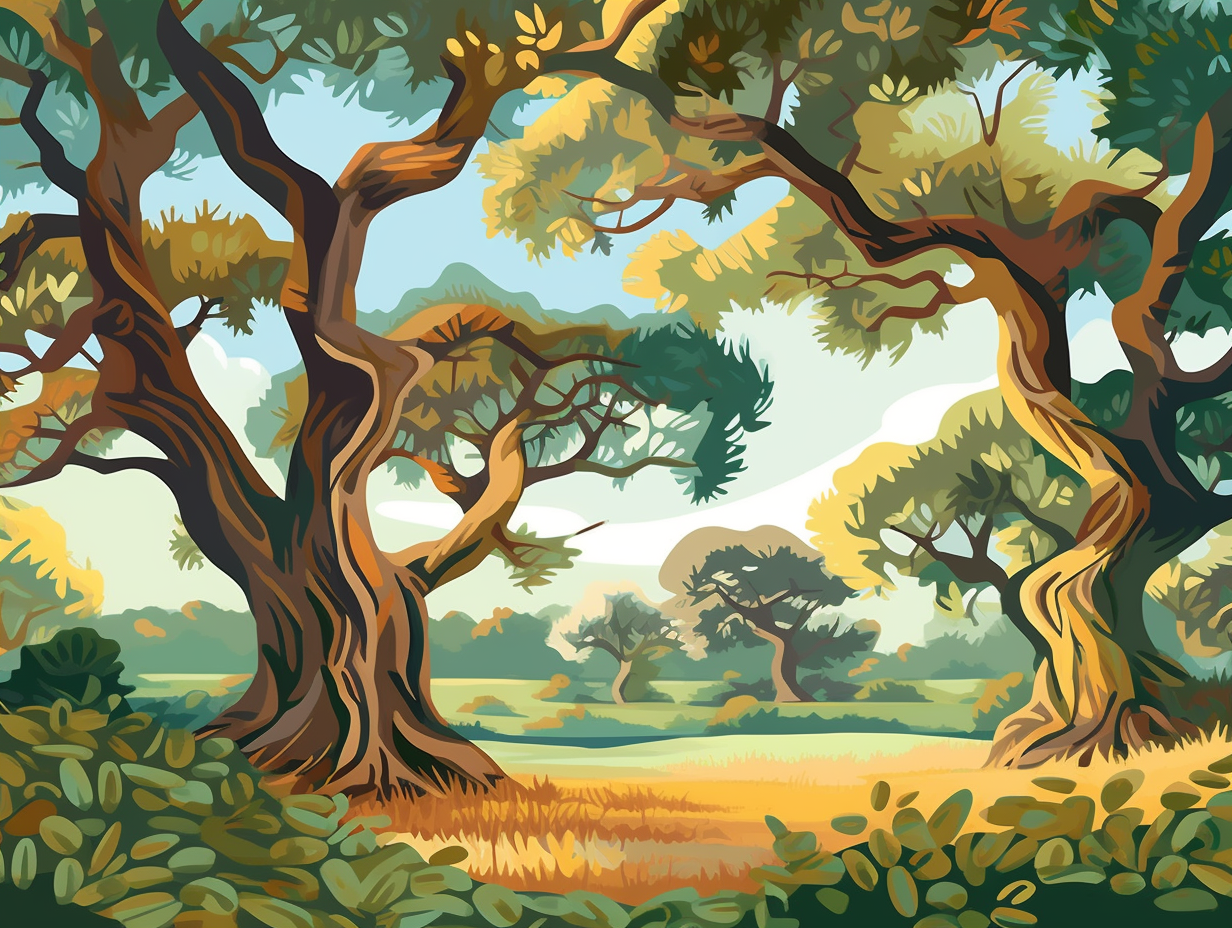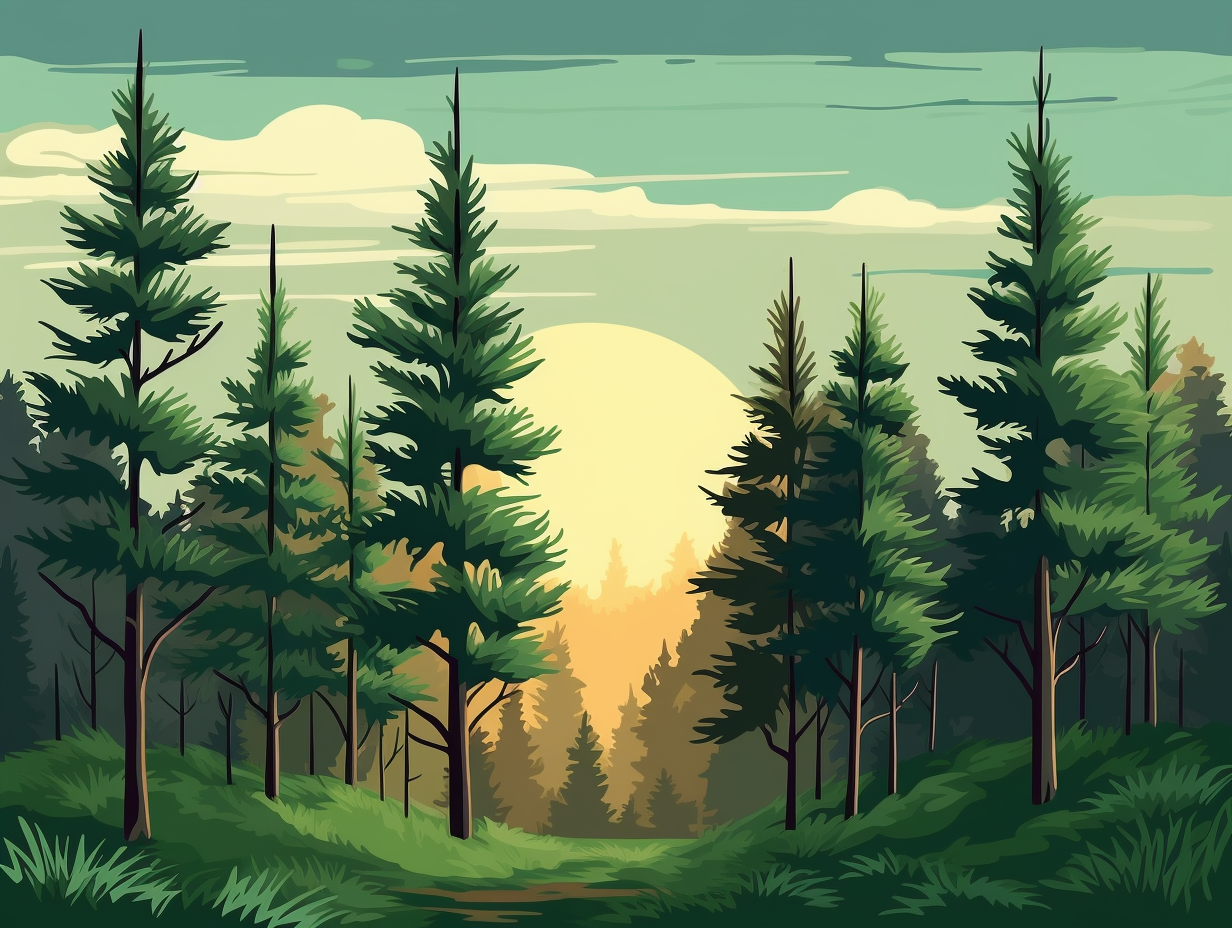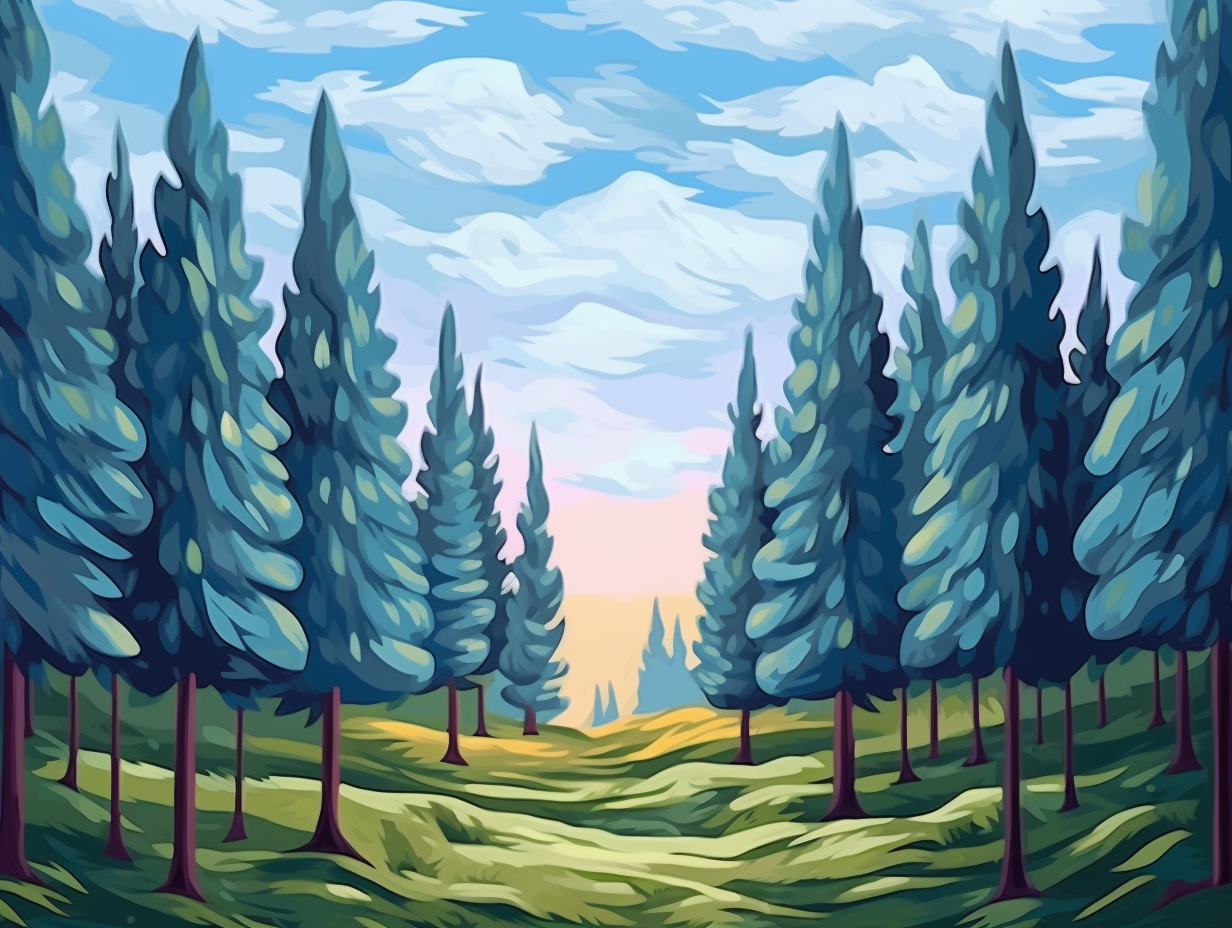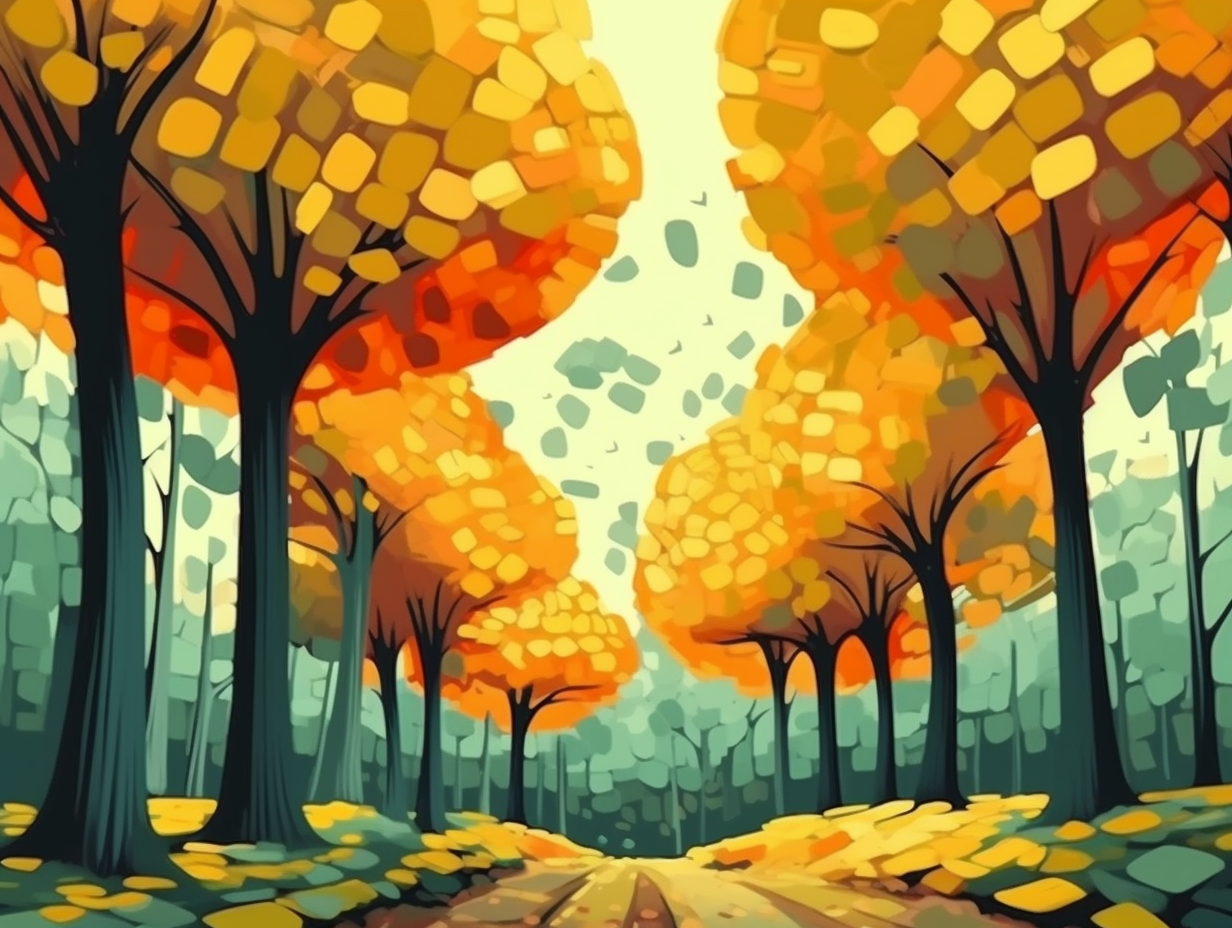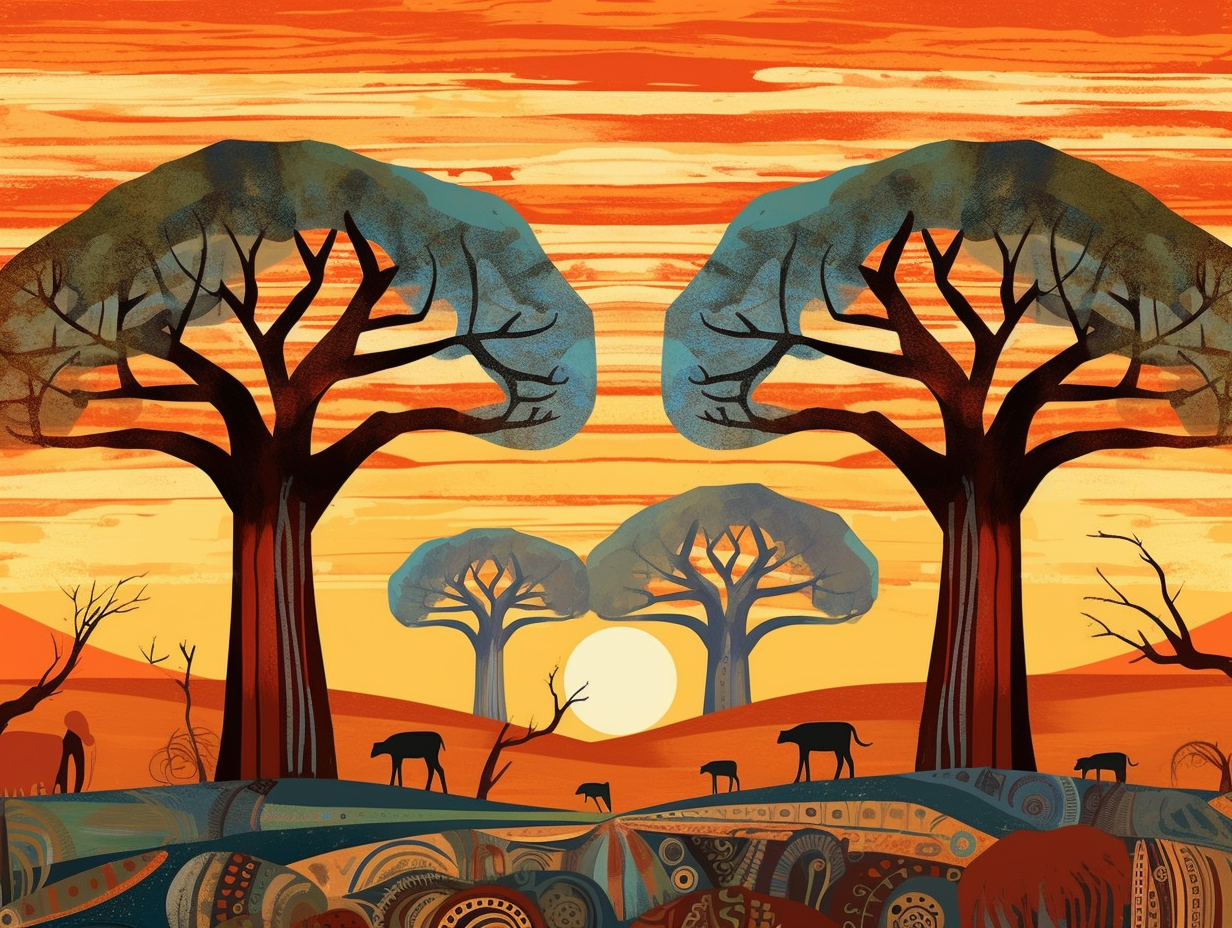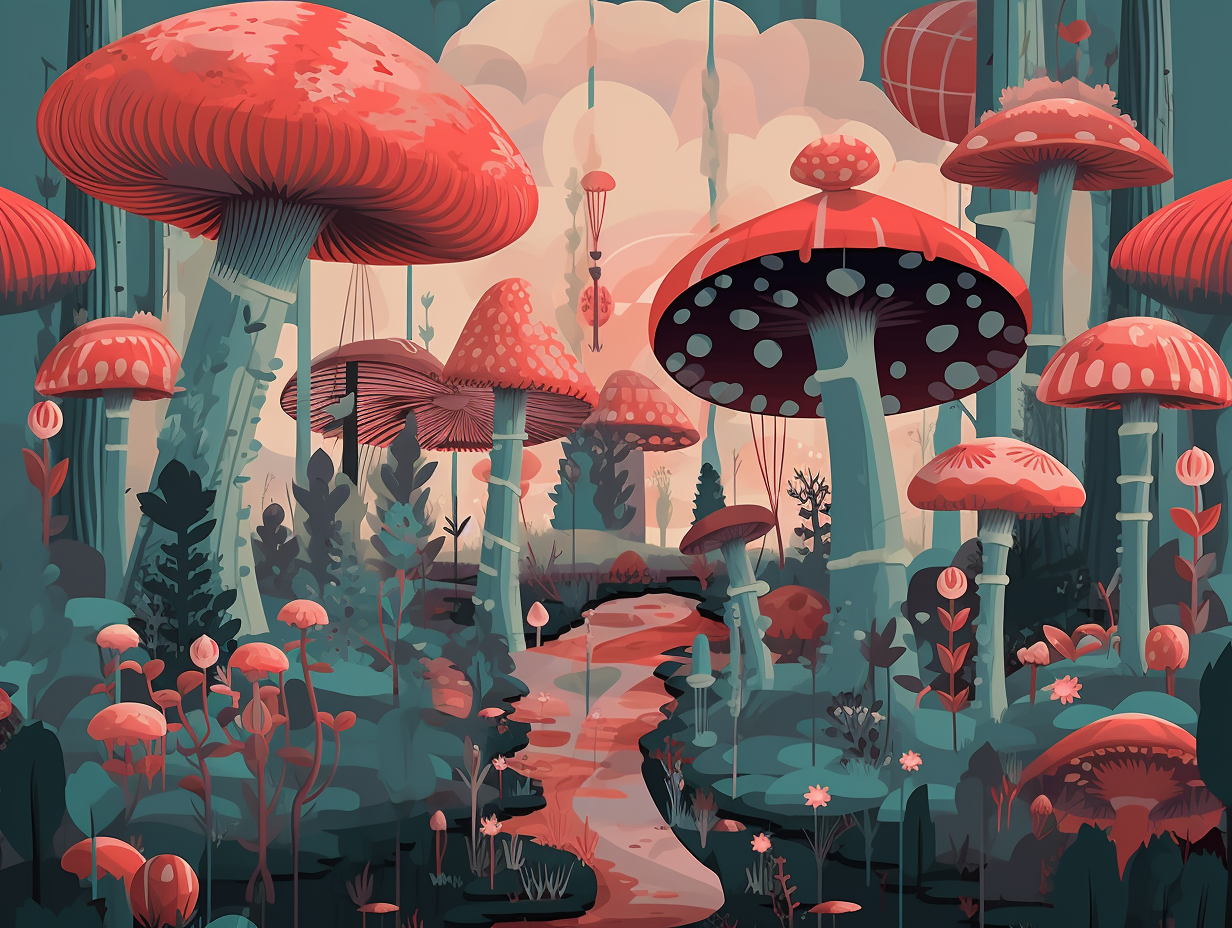Discover the Magic: Top 6 Amazing Fun Facts About Maple Trees You Never Knew!
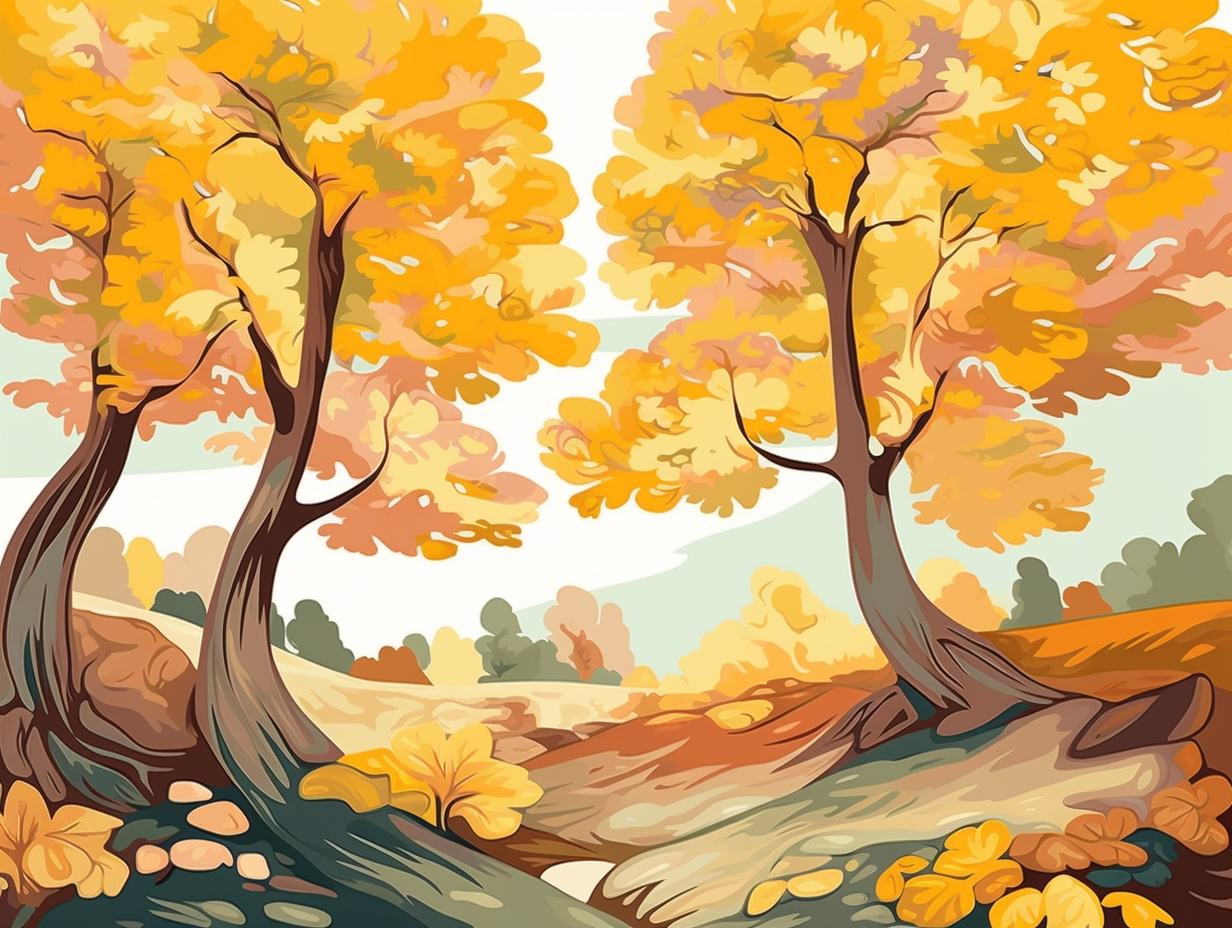
1. Maple's Dating Profile
If the mighty maple tree had a dating profile, it might say, "60-million-year-old tree with a fondness for globetrotting and staying cool": Maples (Acer genus) originated in East Asia roughly 60 million years ago, and now boast about 120 species across the globe. Mostly found in East Asia, with nine species native to North America and eleven species native to Europe and Western Asia, these adaptable maples are divided into sixteen distinct evolutionary sections, which got separated during a chill global cooling and diversification around thirty-three million years ago.
Source => arboretum.harvard.edu
2. Performance Anxiety Sap-to-Syrup
Next time you're drowning your pancakes in maple syrup, remember that behind every great drizzle lies a tree with performance anxiety: It takes a whopping 40 gallons of maple tree sap to produce just one gallon of maple syrup. Sugar maples and black maples get the most applause since their sap has a higher sugar content, making them the all-stars of syrup production.
Source => extension.psu.edu

Discover the hidden healing powers of sugar maple trees, from relieving coughs and promoting liver health, to even improving vision! Uncover these natural remedies 🍁💊✨
=> Fun Facts about Sugar-Maple-Trees
3. Canadian Flag's Leaf Imposter
Oh, Canada, home of beavers, poutine, and stealthy leaf imposters: the iconic Canadian flag’s maple leaf is not a sugar maple leaf, but rather a stylized 11-point leaf akin to it, leaving the doppelgänger Norway maple with its distinct lack of fourth and fifth lower lobes sidelined in the land of loonies and toonies.
Source => beachmetro.com
4. Maple Syrup's Coffee-like Varieties
Maple syrup: a tree's way of showing us it loves us a latte! But did you know these liquid tree-hugs come served in four varieties just like your favorite coffees? Here's the reveal: golden, amber, dark, and very dark grades of maple syrup are categorized by when they're harvested in springtime and the changing sugar content of the sap – no hierarchy, just taste-based classifications.
Source => maplefromcanada.co.uk

5. Pin the Tail on the Maple Tree
If tapping maple trees were a game of "pin the tail on the donkey," you'd need a very gentle touch with the aim of a dart master: A maple tree can be tapped for years without harm, but to protect its health, you must create a hole only 2” deep and under 0.5” wide while tapping different spots each time. This will ensure the tree stays as resilient as a sitcom character who just keeps coming back for another season.
Source => blog.davey.com
6. Multi-talented Maple Trees
Maple trees sure know how to "branch out" in the world of natural talent shows: their annual autumn display features eye-catching shades of red and orange, while secretly being syrup-producing factories. As a serious reveal: these multi-talented giants can live well over a century, grow as high as 50 feet, and manage to squeeze out just one gallon of maple syrup from a whopping 40 gallons of sap!
Source => epicurious.com
Related Fun Facts

